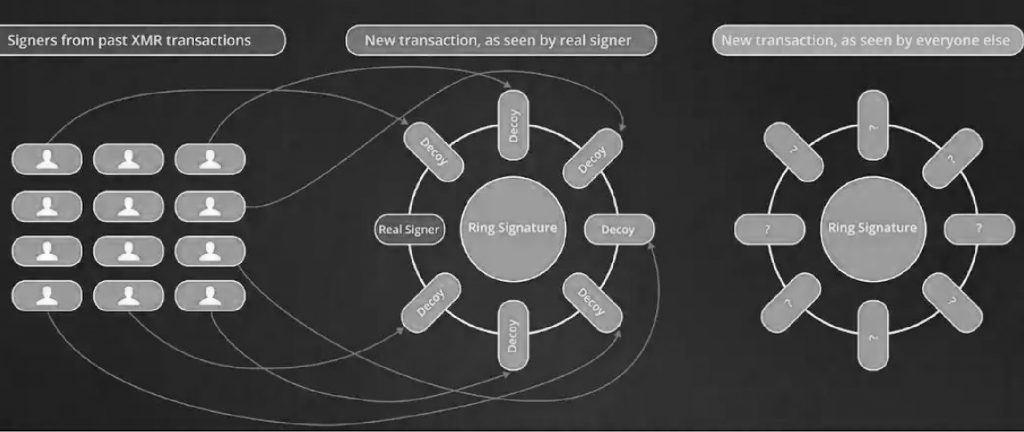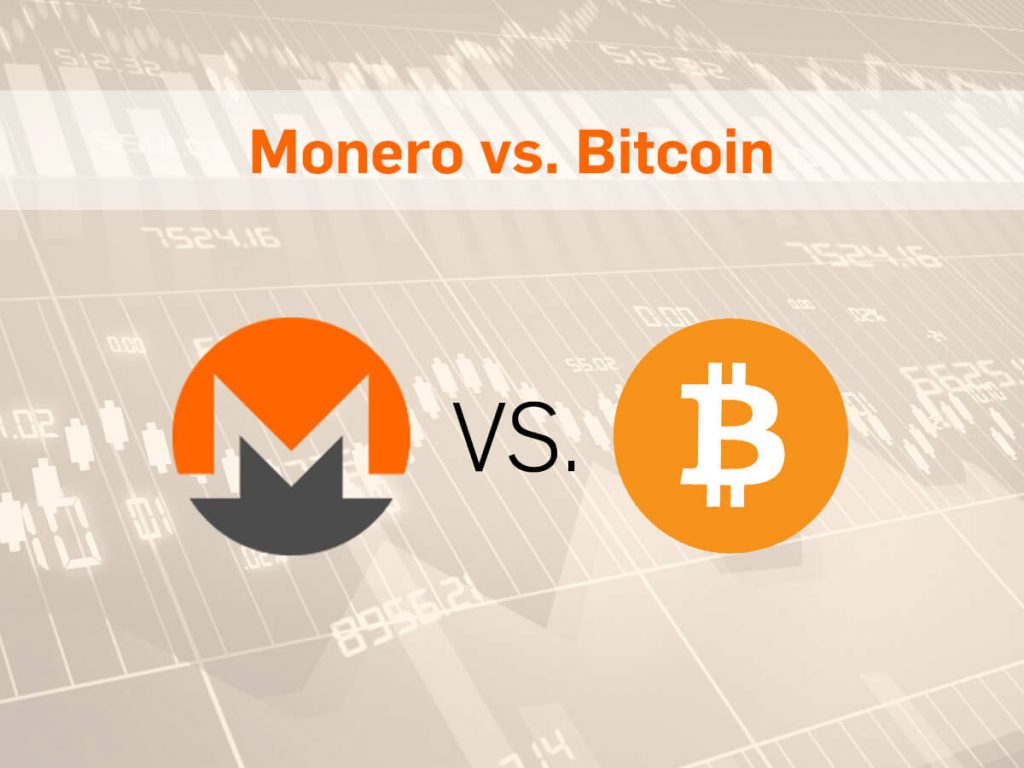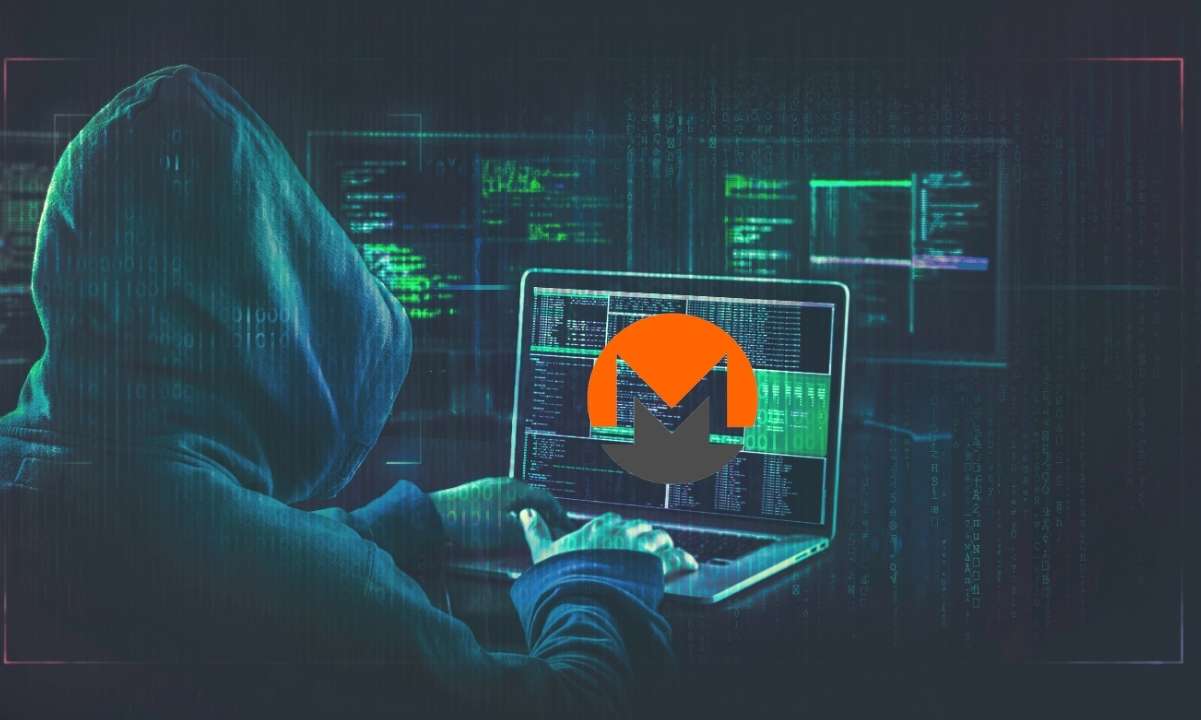Is your transaction hidden from prying eyes? With Monero, YES! It is launched to do just that, making it a favorite cryptocurrency on the dark web. Its advanced privacy features claim to make transactions anonymous, providing users with the privacy they crave. But does it truly deliver the confidentiality it promises? Let’s read this article to know why people called Monero XMR the darling of the dark web!
What is Monero XMR?
Monero is a cryptocurrency that prioritizes privacy and is censorship-resistant. It differs from Bitcoin and other blockchain technologies because of its commitment to complete anonymity. While Bitcoin transactions are public and accessible to trace, Monero’s protocol assures that both senders and receivers remain untraceable.
Look at some prominent features of Monero that set it apart from other blockchain technologies:
- Untraceable: Tracing specific Monero transactions back to their source is impossible, as all possible senders are equally probable for each incoming transaction.
- Unlinkable: Transactions on the Monero network are structured so they cannot be linked to the same person.
- Verification: Despite its anonymity, Monero allows anyone to cryptographically verify that transactions have been executed correctly on its public database.
These remarkable features have made Monero a favorite on the dark web, where users get privacy and security in their transactions.
Incredible Privacy Features of Monero XMR
Monero mainly protects users’ identities via cryptographic techniques that disrupt transaction data. Let’s look at how Monero’s techniques work to secure user identities and make transactions untraceable:
Hiding the Sender’s Identity via Ring Signatures

In a standard cryptocurrency transaction, the sender signs it using their private key. However, Monero uses ring signatures, which blend the sender’s signature with decoy signatures. This method prevents anyone from tracing which signature belongs to the actual sender, protecting the sender’s anonymity.
Protecting the Receiver through Stealth Addresses

Stealth addresses are another significant privacy feature of Monero XMR. Unlike Bitcoin (BTC), where public addresses can be reused and traced, Monero’s stealth addresses allow users to receive payments without revealing their addresses. Each transaction generates a unique one-time destination key for the recipient to claim their funds. This mechanism sustains the possibility of linking different transactions to the same recipient.
Monero Uses RingCT to Conceal Transaction Amounts

Monero XMR uses RingCT (Ring Confidential Transactions) to hide the amount Monero is being transferred. It encrypts the transaction amount; only the sender and receiver know the assigned value. RingCT combined with ring signatures makes it practically impossible to trace Monero transactions back to their source.
Monero’s ASIC-Resistant Mining
Another unique feature of Monero XMR that distinguishes it from other blockchain technologies is its mining algorithm named RandomX. It is designed to be ASIC-resistant. ASICs (application-specific integrated circuits) have taken over Bitcoin mining, leading to centralization in mining power and developing barriers for individual miners. Monero’s RandomX algorithm prioritizes that mining remains decentralized by making it more productive to mine using CPUs rather than specialized ASICs.
It simplifies the mining process, allowing anyone with a CPU to mine XMR and helping to maintain Monero’s network’s decentralization and security.
Why Monero XMR is The Darling of the Dark Web
Monero’s privacy and security features have made it the favorite cryptocurrency of dark web users. The dark web is a mysterious part of the internet where illegal activities often occur, and it entirely depends on cryptocurrencies for anonymity. While Bitcoin was once the primary currency for dark web transactions, Monero’s cutting-edge privacy features have made it an increasingly go-to option.
Many dark web drug marketplaces use Monero as a primary payment method to anonymously continue their illegal activities. These marketplaces offer all types of illicit items, including drugs, malware, stolen credit cards, counterfeit items, and more. The privacy and anonymity of Monero will help both the buyer and the vendor to receive payments without getting caught. Among all the dark web marketplaces, the Dark Matter market only deals with Monero because of its high privacy and security features. Some other notorious marketplaces accept Monero XMR as a recommended method of transaction:
- Ares Market
- STYX Market
- Brian’s Club
- Russian Market
- Vice City Market
- BidenCash
- WeTheNorth
- Abacus Market
- Moonkey Market
- Nemesis Market
- Incognito Market
- Tor2Door Market
- Bohemia Market
- Flugsvamp 4.0 Market
Monero XMR is also popular in ransomware along with dark web markets. According to experts, many cybercriminals are gradually demanding ransom payments in Monero, and some threat actors give discounts if a victim pays in XMR.
Why Do People Prefer Monero Over Bitcoin?

Bitcoin transactions, though pseudonymous, are recorded on a public database that anyone can view. As law enforcement agencies and blockchain analysis organizations have become more skilled at tracing Bitcoin transactions, darknet users have sought alternatives. Monero’s untraceable and unlinkable abilities offer the perfect solution for people who want to keep their financial transactions private.
While Monero XMR was once the go-to currency for dark web marketplaces, recent regulatory crackdowns and the shutdown of significant marketplaces like Silk Road and Hydra have decreased usage in black markets. Moreover, the developing scrutiny of privacy-focused cryptocurrencies has led to their delisting from many major exchanges, including CoinBase and Kraken, further decreasing their accessibility.
Despite these challenges, Monero remains the second most-used cryptocurrency on the dark web. Many smaller markets and vendor shops still accept Monero for its privacy features, and it continues to be a go-to choice for users who prefer anonymity in their transactions.
Monero transactions are more difficult to trace than public and traceable coins like Bitcoin. It has been a favorite payment method of the dark web and other illegal activities for years.
The Future of Monero XMR on the Dark Web
The future of Monero on the dark web is unclear but fascinating. While regulatory challenges continue, Monero has innovated and strengthened its privacy features. In August 2022, Monero experienced a significant hard fork that strengthened its privacy and efficiency by increasing anonymity and enhancing transaction verification performance.
Moreover, Monero’s development team is working on Kovri, an anonymity network developed to further protect users by concealing their IP addresses. Once this feature is fully applied, Monero users’ geographical locations and actual identities will remain hidden, making it even harder for anyone to trace their activities.
Monero’s commitment to privacy has gained the attention of governments and law enforcement worldwide. However, it is also a potential tool for money laundering and other criminal activities. As a result, Monero XMR has experienced more scrutiny, and many countries regulate restrictions or completely ban the use of XMR.
Furthermore, the broader cryptocurrency market’s volatility challenges Monero. Despite its ability to survive market crises, Monero is less stable than traditional currencies as a store of value because of its price swings like that of other cryptocurrencies.
